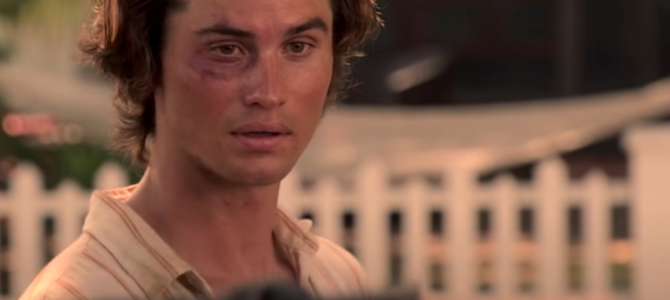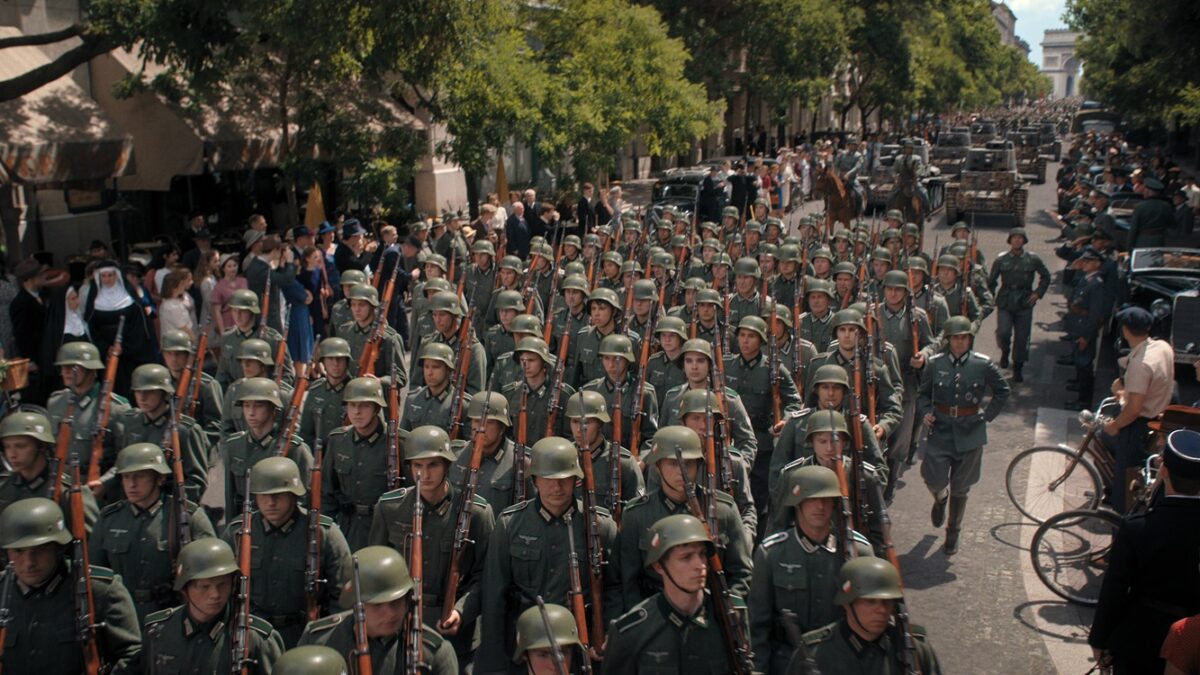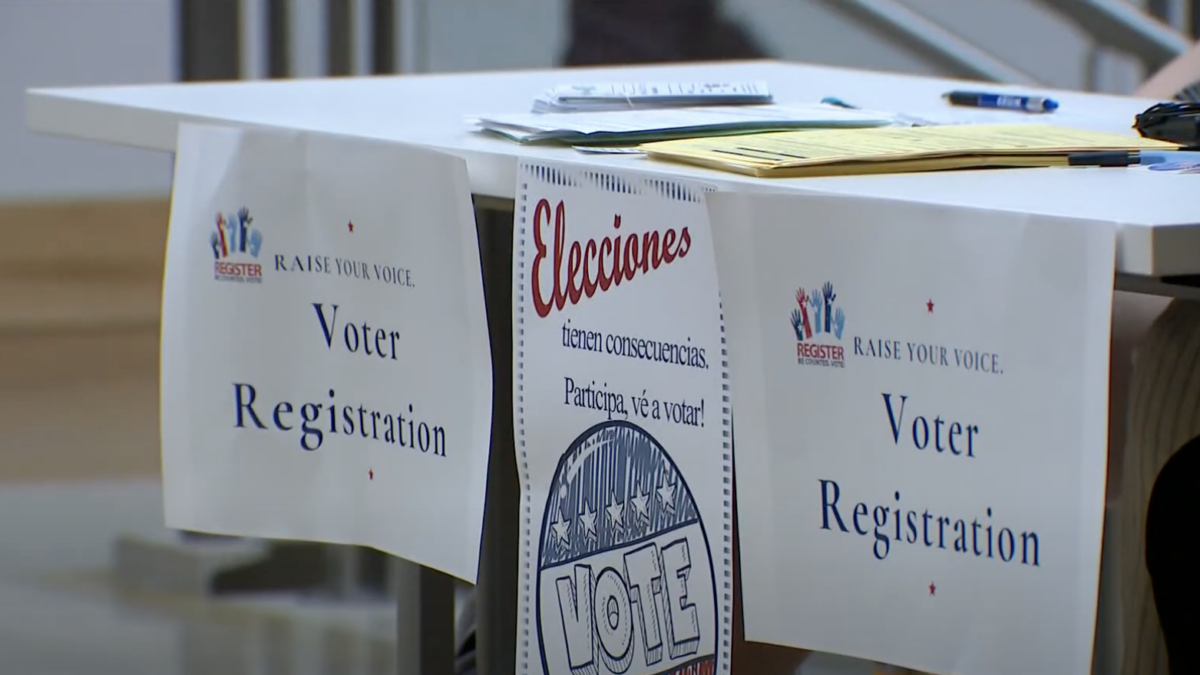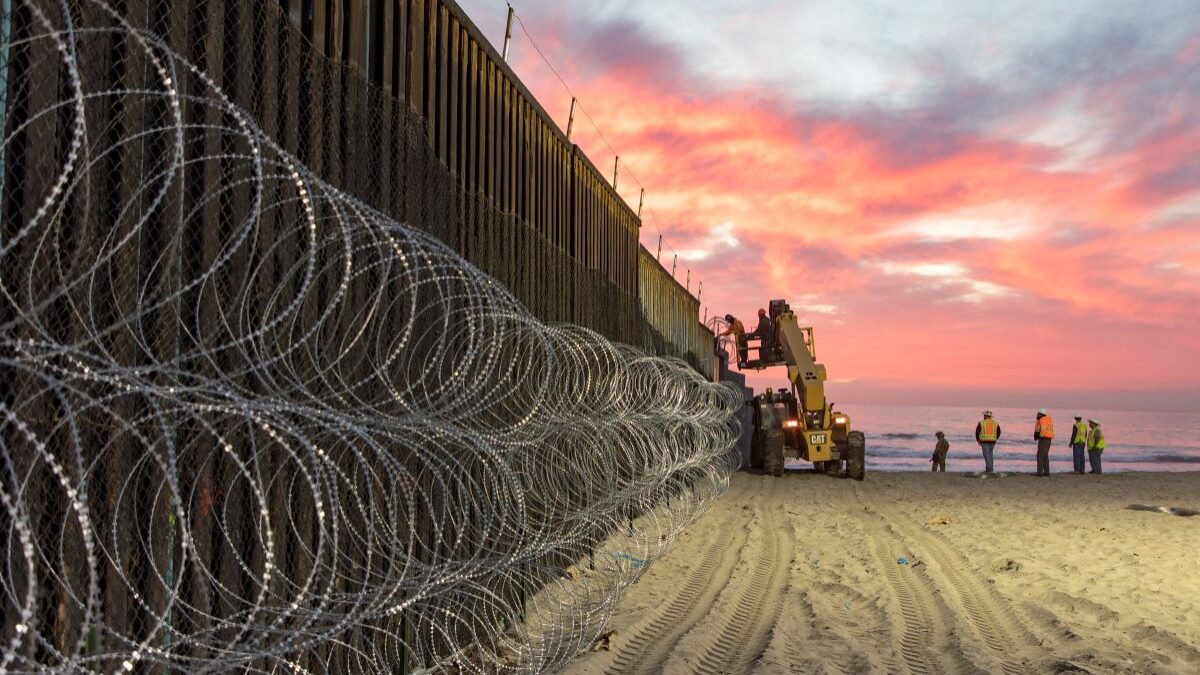
Netflix’s new teen drama series “Outer Banks” brings back the classic poor kid versus rich kid dichotomy, and while I’d like to say it has a twist, it doesn’t. If there’s anything we know from teen dramas like this, it’s that preppy rich kids are absolutely the worst people on Earth, and that poor kids, with six-pack abs toned from a hard day’s honest work, are the only ones who really know the value of love and friendship.
Set among North Carolina’s Outer Banks Islands right after a hurricane, the series tracks a kid named John B. (Chase Stokes). We know it’s his story because in the very first episode, he monologues a substantial exposition right up top. He tells us his dad is missing at sea, his mom left when he was three years old, and his name is John B.
We learn about how his group is called the Pogues — it’s a fishing term — and the rich kids are called the Kooks. They live on opposite sides of the island. A handy rule of thumb, per John B., is that the Kooks have two houses, while Pogues have two jobs.
The haves and the have-nots duke it out over girls and social standing, but most important to John B. and his pals is the shipwrecked treasure that Big John — that’s John B.’s dad — was off searching for when he disappeared. While each episode delivers another clue about the treasure’s location, as well as more obstacles to its discovery and some bits of backstory about Big John’s disappearance, what it doesn’t deliver are any more monologues.
It’s not entirely clear why the show would start with a monologue, never to use that storytelling device again, but “Outer Banks” does it, and there’s no payoff. All the details from the monologue emerge in other ways anyway.
The Plot Is Too Convoluted
The story itself is convoluted. I can only assume the reason for this is that the creators needed to somehow fill all 10 full-length episodes. It begins with a hurricane so severe it cuts off power to the poor side of the island. On the rich side, which is stocked with backup generators, life proceeds apace.
With their popped collars, pink shorts, and Sperry top-siders, the rich prepsters exemplify their spoiled brattiness by stealing from their folks and valuing themselves by their assets. It turns out their parents are as bratty, entitled, and unethical as their offspring — except for one perfect preppy girl with a heart of gold, Sarah (Madelyn Cline).
Sarah starts off as a spoiled princess nemesis for John B. and the enemy of his best friend Kiara (Madison Bailey), a rich kid who is also one of the Pogues because the mean girls have ostracized her. But it’s not too long before Sarah and John B. fall for each other over a day of mystery-solving and boutique shopping in Chapel Hill.
Meanwhile, the Pogues, who are the heart and soul of the island, seem to value themselves precisely because they don’t have assets. Their wild treasure-hunting plot is an attempt to gain a large fortune so they can be rich like the Kooks, except when they do happen onto some money, they don’t do a very good job with it. When the Pogues are around monied people, it’s always with a measure of blatant antagonism on both sides. The Kooks don’t like the Pogues any more than the Pogues like the Kooks. Sarah, of course, is stuck in the middle.
While these two crews don’t get along, it seems strange that anything real could be keeping them apart. The fathers in this show are all tough guys who have a lot they want to prove to their sons, going so far as to cut them off on the Kook side and punch them out on the Pogue side. Moms are virtually nonexistent, as are many adults at all.
It seems the hurricane has kept society in order — all the social events still happen — but the kids are left to roam the island freely, from dilapidated lighthouses to unfinished homes. They steal beers, have wild parties, and drive around on jet skis, and no adult seems aware of any of it.
‘Outer Banks’ Wants to Be Serious, but It Isn’t
While most of these shows end up revolving around romantic relationships and who’s in bed with whom, “Outer Banks” shied away from those scenes. But it has loads of fighting. Every chance these characters have to get into a solid scrap, they go for it. Guns make an appearance, but fisticuffs are the mode of destruction for these kids. They are full to the brim with an intense kind of anger that comes from feeling put down. While the show lacks any kind of basic substance, this shared attitude between the two groups is telling.
No matter what side of the island they live on, how many dollars or friends they have, or the status of their privileges and prospects, each of the kids in this show feels like he has been belittled, betrayed by society’s promise for a better life. The sons and daughters of the wealthy feel like they are little more than pawns in their parents’ games, while the kids of the island’s working class feel they are merely contributors to their parents’ dashed expectations.
“Outer Banks” seems to want to be taken seriously, to make a comment on society, life, wealth, and privilege. It wants to add itself to the canon of teen dramas with breathtakingly beautiful actors facing tough decisions and coming out the other side nearer to adulthood — emotionally, intellectually, and in terms of resiliency. Instead what we find is a story about a bunch of kids who think they know their place in the world and give up everything to secure it, only to encounter a plot so convoluted, it renders their efforts meaningless.









